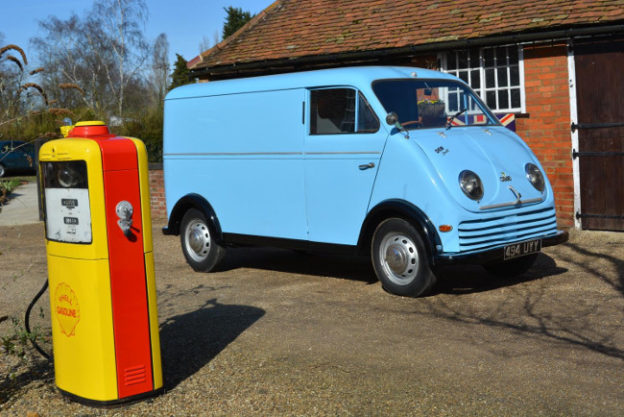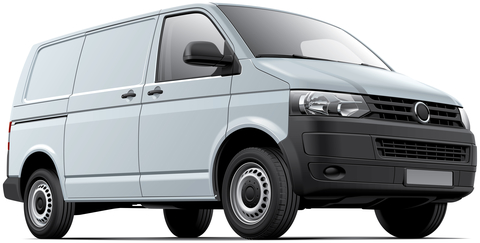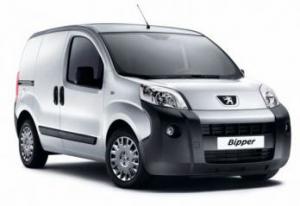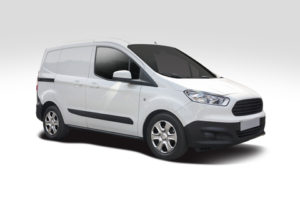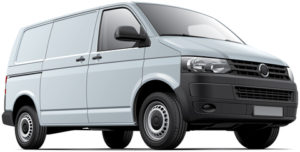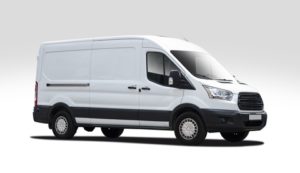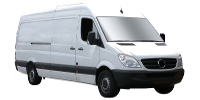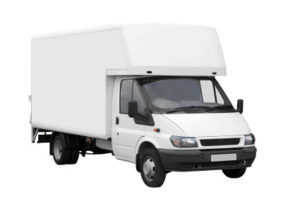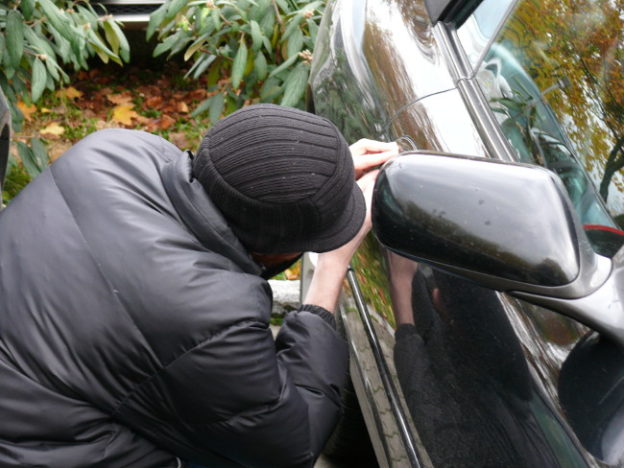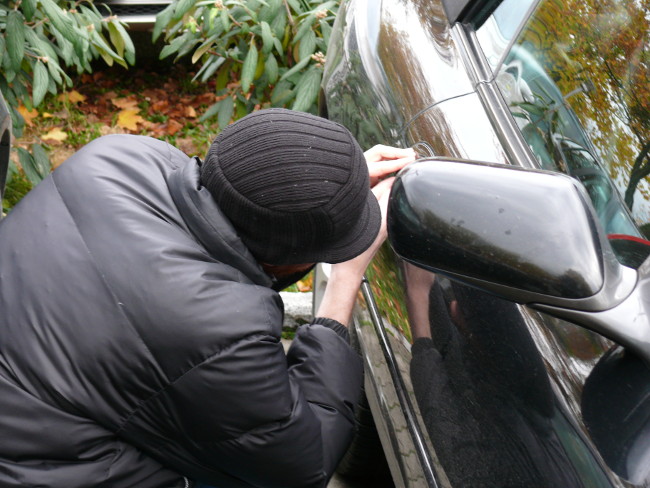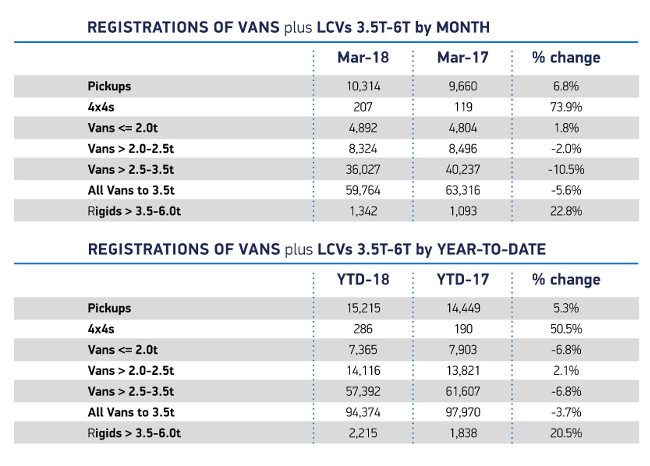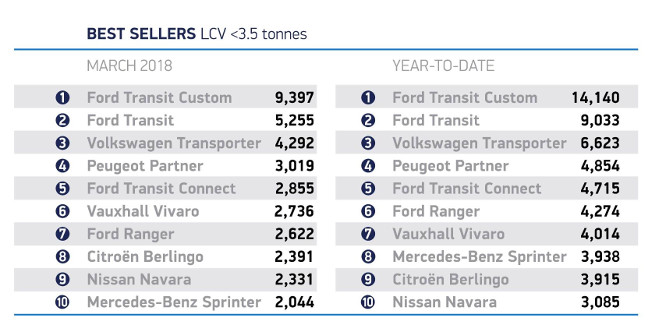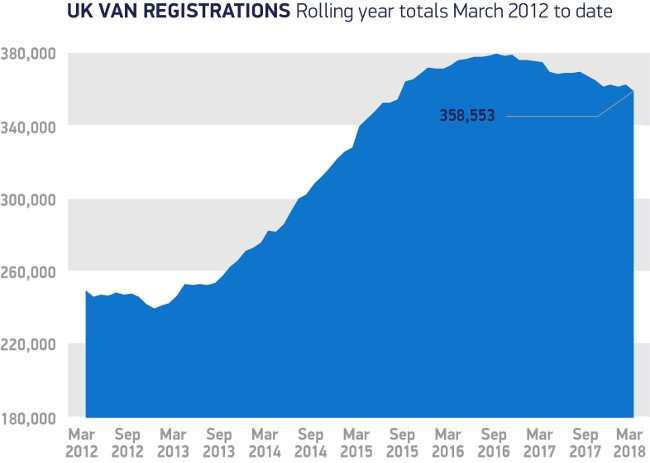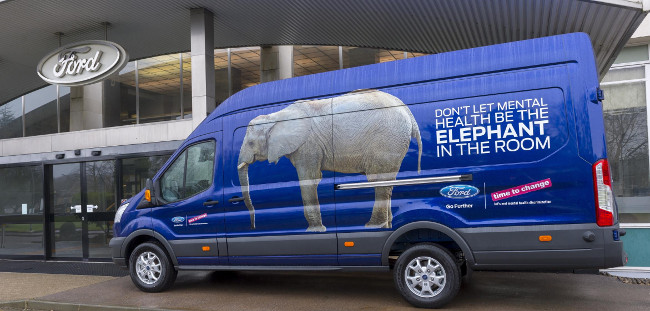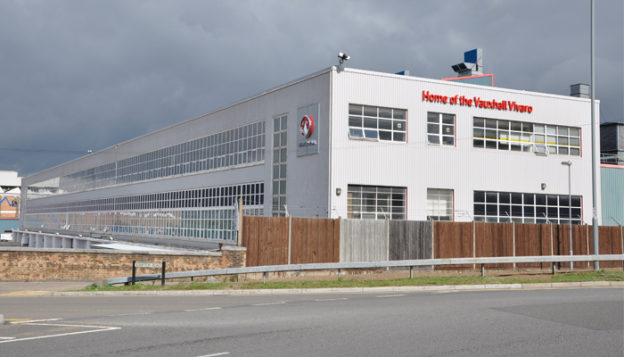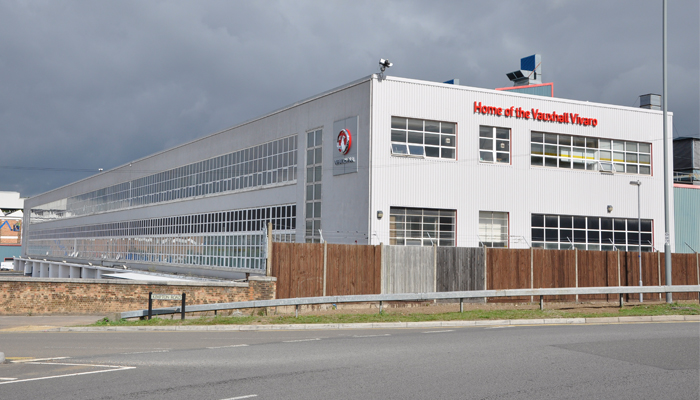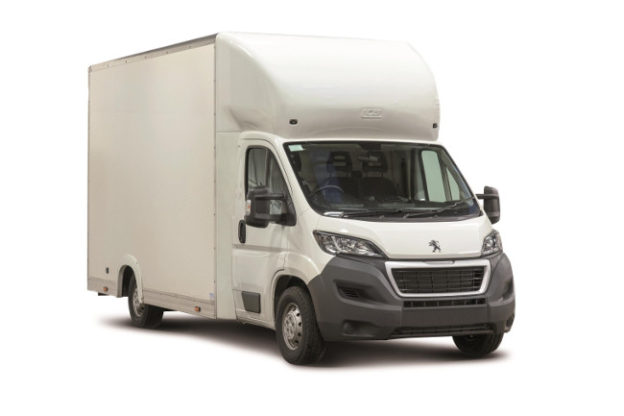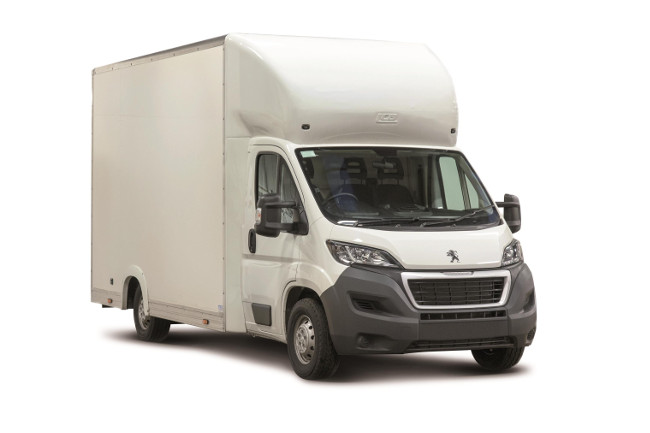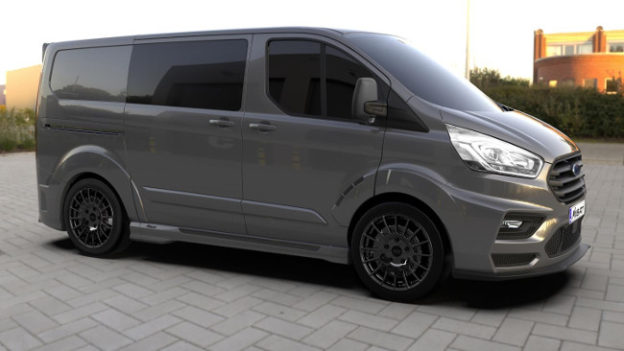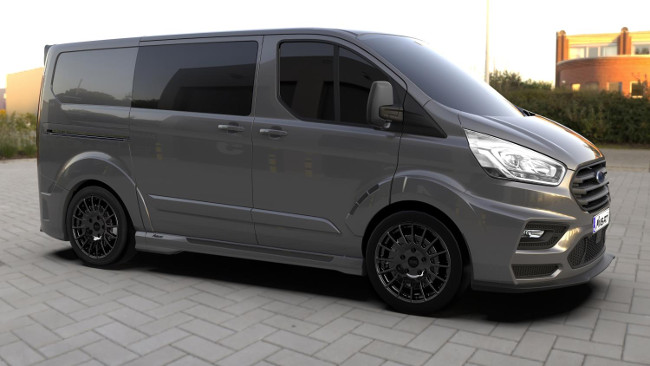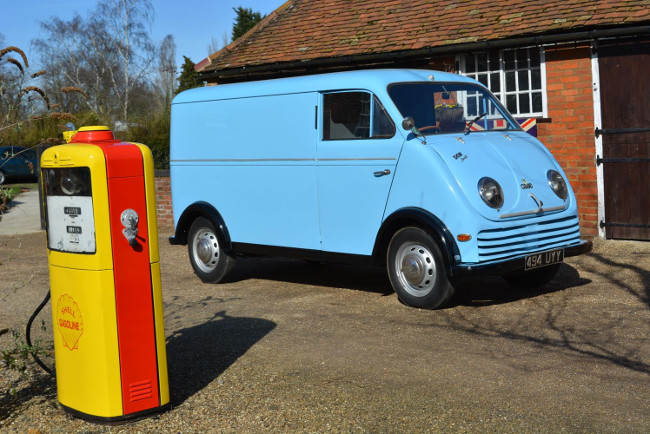
This 1956 DKW Auto Union Schnellaster Kastenwagen shows the inspiration for modern van designs. This model will be sold at auction in June.
The best-known classic vans is probably the Volkswagen Transporter. But whereas most modern vans have their engines at the front and have front-wheel drive, the VW had its engine at the back and featured rear-wheel drive.
One of the earliest vans built to today’s one-box, front-wheel drive design was the 1950s DKW Auto Union Schnellaster Kastenwagen. Although its top speed of 43mph may not seem impressive by modern standards, it was competitive at the time. What’s more, the Schnellaster’s large load space and loading height of just 40cm made it one of the most capacious vans in its sector.
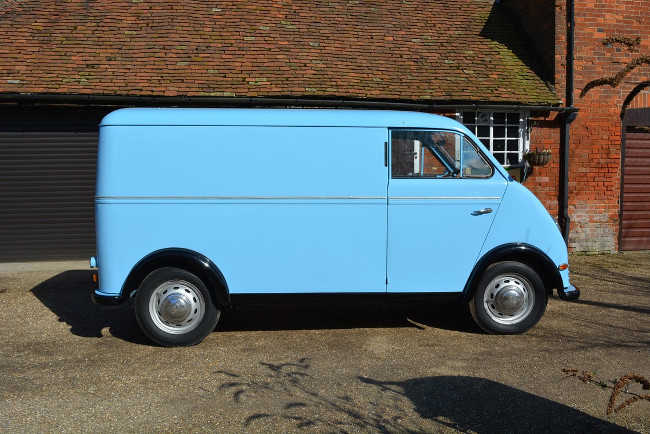
A load floor height of just 40cm was class-leading at the time and would still be competitive today. The front-engine, front-wheel drive design meant that load space was maximised within a compact body.
Auto Union went on to become Audi, and the firm built just 3,727 vans and pickups before it decided to focus only on cars.
As a result, the Schnellaster Kastenwagen — which translates as Rapid Transporter — was not a particularly common model and is very rare today. But if you’d like to see one in the flesh then you’ll get a rare opportunity in June, when a refurbished model goes on sale at Warwickshire-based Classic Car Auctions.
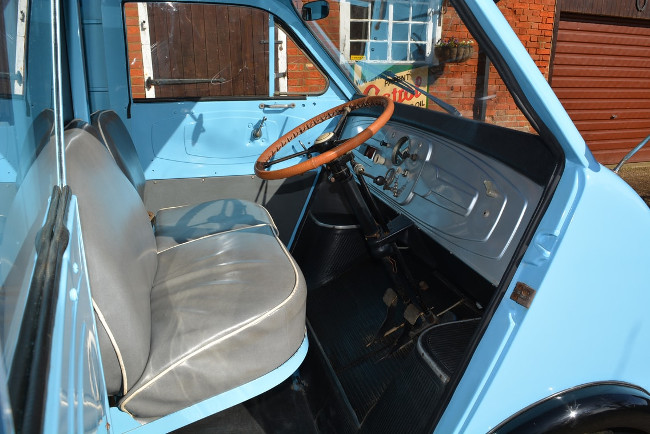
Inside the DKW Auto Union Schnellaster Kastenwagen van – this model will be sold at auction at the Warwickshire Event Centre on 2 June 2018.
Finding one of these vans on the open market is unusual, but this van’s rarity is boosted as it’s a right-hand drive model. Originally exported to Rhodesia (now Zimbabwe), it was imported to the UK in 2017 with just 17,000 miles on the clock.
Since refurbished, it is still mostly original except for a replacement floor. The van will be sold at the Classic Car Auctions sale at the Warwickshire Event Centre on 2 June 2018. The price estimate is £12,000 – £15,000. To find out more, visit the CCA website.

